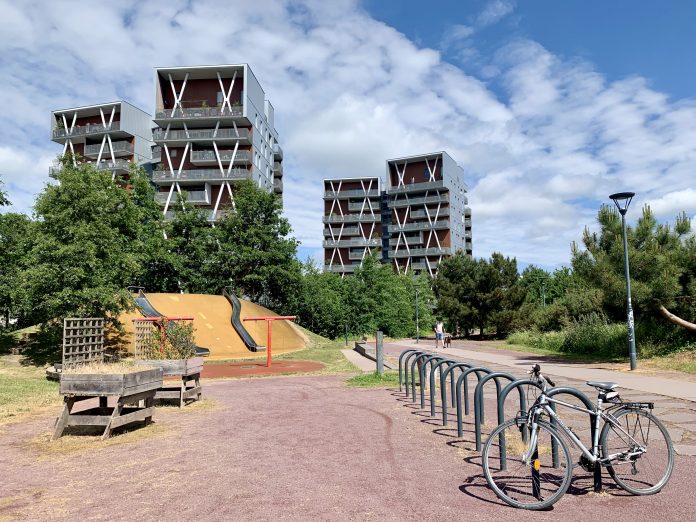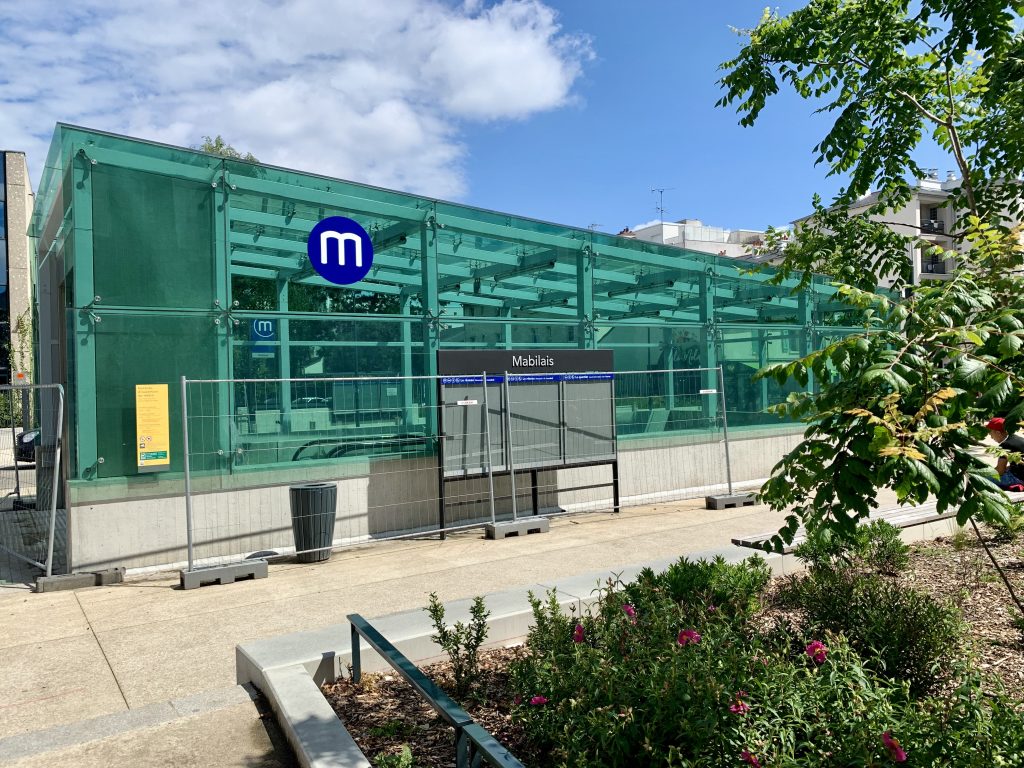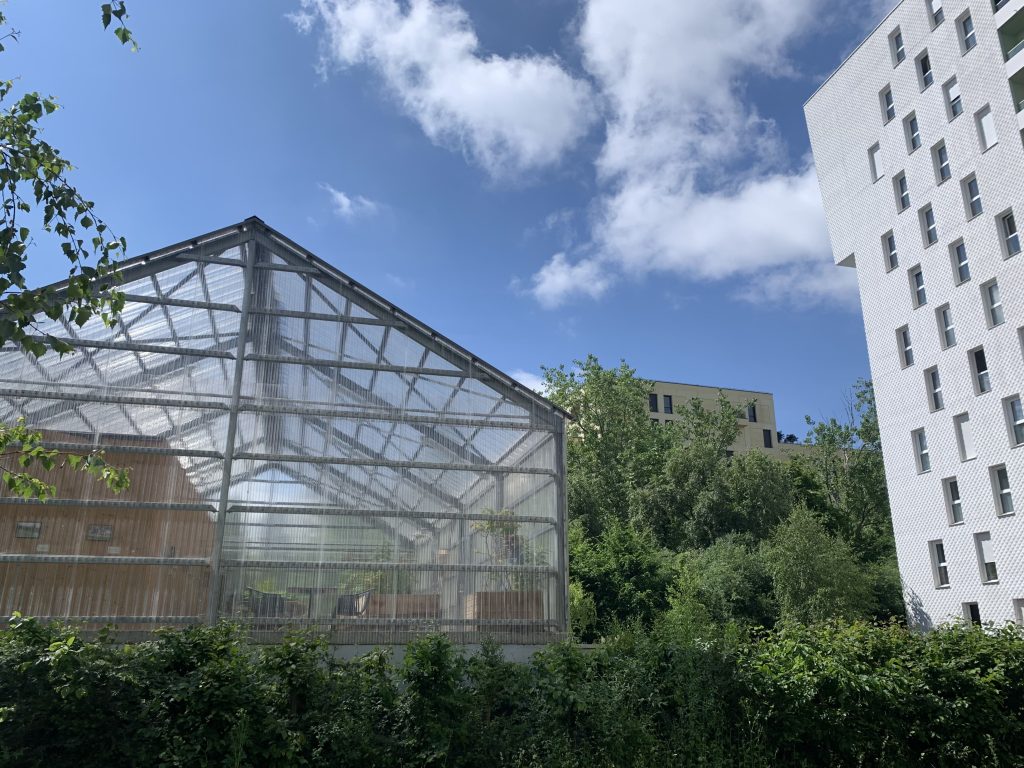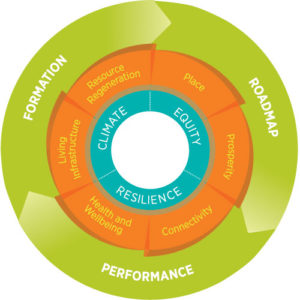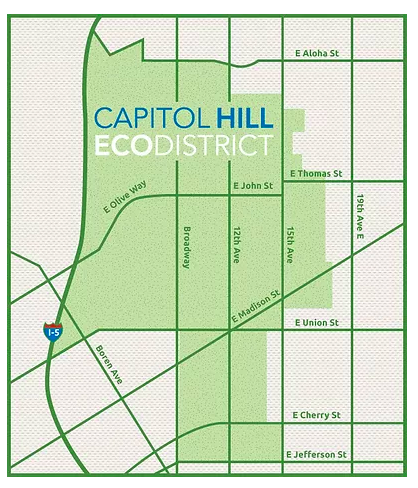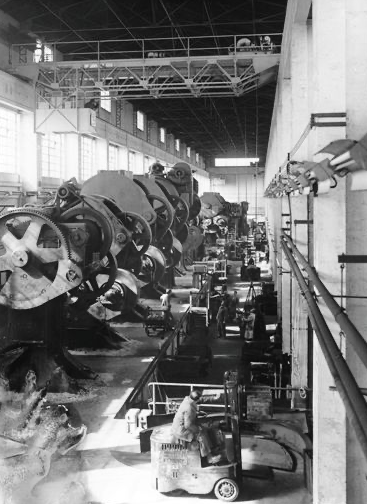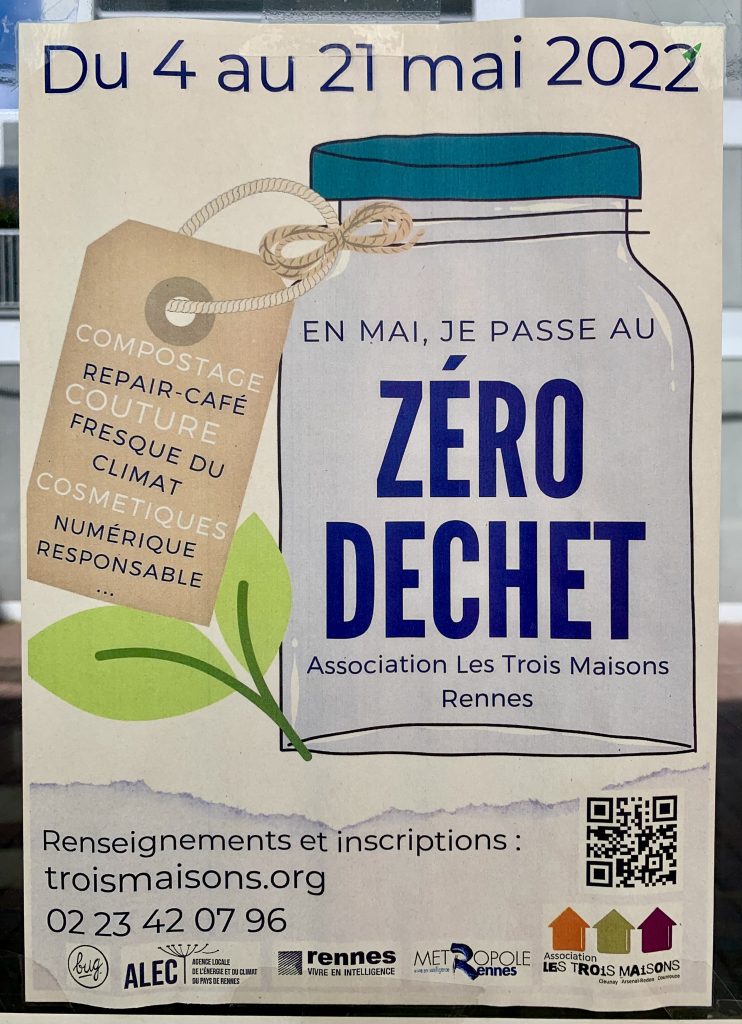Urbanism 101 is a series that breaks down concepts in urban planning, policy, and related fields using vivid examples. In this introductory article, we’re going to define what an EcoDistrict is and share some examples of two different types of EcoDistricts, one in Seattle and one in Rennes, France. The inspiration for selecting EcoDistrict as the first topic for the Urbanism 101 series came from a podcast episode with guest Mike Eliason, founder of Larch Lab, a design studio and think tank devoted to climate adaptive architecture and urbanism. If you have not yet checked out The Urbanist Podcast, give it try! It’s available on our website as well as streaming services like Apple, Spotify, and more.
EcoDistricts have been a hot concept in urbanism circles for several years, but when we use the term EcoDistrict, what exactly are we referring to? Broadly speaking an EcoDistrict is a community that is engaged in sustainable planning on the neighborhood scale. Of course, the term sustainable planning itself is actually very broad, encompassing everything from environmental sustainability and green initiatives to economic resilience and social inclusivity, so we’ll take some time to explain what that looks like in practice in this article.
Another important feature of many EcoDistricts is environmental remediation, and some EcoDistricts are even built on top of formerly contaminated sites. In this way, an EcoDistrict can reclaim land for use by the community and serve a healing purpose.
When thinking about EcoDistricts, it’s helpful to consider the EcoDistrict as having two primary components: physical infrastructure and social and cultural networks.
What are the features of an EcoDistrict?
In terms of physical infrastructure, mass transit, energy efficient and water saving buildings, safe spaces for walking, biking, and rolling, and sometimes even more advanced features like a district energy systems — in which energy from a central renewable source that is shared throughout the neighborhood — are all examples of EcoDistrict features.
Especially in cities with high levels of urban density, EcoDistricts will often also have larger green spaces and more vegetation and trees than other areas, providing residents greater access to nature and biodiversity. Community gardens or neighborhood scale urban agriculture installations are also sometimes included. The exact nature of these infrastructure features varies and often depends on whether the neighborhood was designed as an EcoDistrict from the beginning or if residents decided to begin engaging in sustainable practices in an existing neighborhood, as we’ll illustrate later in the article.
While the infrastructure of an EcoDistrict might be easier to immediately identify, the existence of social and cultural networks within the EcoDistrict is equally important to its success. Community engagement, stewardship, and leadership are integral to the EcoDistrict model, and they provide for the opportunity for the community to identify needs and seek to address them. The creation of affordable housing is one common example, as is the creation of public schools, childcare centers, and senior centers. Community equity and resilience are priorities of EcoDistrict planning processes.
To create a better framework for creating and measuring the success of EcoDistricts, Portland based nonprofit EcoDistricts consulted with 150 advisers over a two-year process. The result was the EcoDistrict protocol.
The protocol is broken up into three levels: priorities, goals and objectives, and implementation. Three overarching priorities are identified for all EcoDistricts: climate, equity, and resilience.
Those priorities are funneled into six more specific priorities that intended to produce meaningful outcomes. For example, under the umbrella of the priority of place in the protocol, falls the goal of creating inclusive and vibrant communities and the objectives of strong civic engagement, preservation and celebration of culture and history, diverse and affordable housing, and accessible public spaces and services for daily needs. To obtain EcoDistricts’ certification, a neighborhood has to lay out clearly defined goals that align with criteria from the portal and also demonstrate how its making progress toward achieving those goals.
Capitol Hill EcoDistrict: An established neighborhood striving for equity, sustainability, and resilience
In Seattle, the Capitol Hill EcoDistrict, which was started in 2011, has received EcoDistricts’ official certification for its work improving the Capitol Hill neighborhood. According to its website, the Capitol Hill EcoDistrict “is a community-driven effort that promotes an environmentally resilient, socially equitable, and culturally vibrant neighborhood in Seattle’s center city.”
Examples of projects undertaken by the Capitol Hill EcoDistrict include:
Capitol Hill Connections: A plan to reduce pesticide use in Cal Anderson park, develop a corps of “park stewards” to support pesticide-free park maintenance, and create a habitat corridor for birds and pollinators on 11th Avenue. These efforts are being undertaken in partnership with Seattle Audubon and other members of the Seattle Bird Conservation Partnership.
Lowell School Based Health Center: As the assigned elementary school for all children living in Downtown homeless shelters, Lowell has a disproportionately high population of homeless and low-income students in need of access to health care. In partnership with Odessa Brown Children’s Clinic and Country Doctor Community Health Center, the Capitol Hill EcoDistrict is working on a school-based health center at Lowell intended to be a community health resources hub.
Neighbour’s Alley: In the heart of the neighborhood’s dense business district, Neighbour’s Alley, which connects East Pike and East Pine Streets between Broadway and Harvard, was identified as an underutilized space. Pride Place, an affordable housing development for LGBTQ+ seniors and allies, will connect directly to the ally in the future. Improving the alley provides opportunity to preserve the neighborhood’s LGBTQ+ history and create a safer, and more vibrant streetscape for residents.
The Capitol Hill EcoDistrict is also engaged in ongoing events, including pop up markets, as part of its community building efforts. To learn more, check out the organization’s events page.
La Courrouze Eco Quartier: an emerging EcoDistrict in the historic city of Rennes
Formerly the site military and industrial installations, La Courrouze is an emerging neighborhood being designed as an EcoDistrict from the ground up in Rennes, France. The first arsenal in La Courrouze was completed in 1793, and the area remained a military site until pressure from the 1968 student-led protests led the City of Rennes to begin the process of scaling down the military activity in the area with the goal of repurposing it for housing. The Eco District effort kicked off in earnest in 2003 when the City hired urban designers to begin plans for a “neighborhood within a park.”
The 220-acre La Courrouze site is planned to contain two metro stops as well as comprehensive walking and biking infrastructure. A free bike sharing program, nature park with trails, community gardens, athletic facilities, children’s play areas, preschool, greenhouse with community meeting space, affordable housing for seniors and university students, commercial and office space, and a former industrial hall converted into an events center are all notable features that have been incorporated into the neighborhood’s plans.
A growing number of residents are already living in the neighborhood, and construction is expected to be completed within the next couple years. In the future, La Courrouze is expected to have 10,00 residents and offer 4,000 jobs.
Natalie Bicknell Argerious (she/her) is a reporter and podcast host at The Urbanist. She previously served as managing editor. A passionate urban explorer since childhood, she loves learning how to make cities more inclusive, vibrant, and environmentally resilient. You can often find her wandering around Seattle's Central District and Capitol Hill with her dogs and cat. Email her at natalie [at] theurbanist [dot] org.

